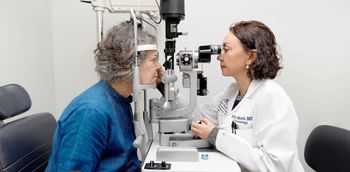
Q&A: Kira Manusis, MD, on how the Center for Refractive Solutions is redefining patient care at NYEE
As its director, Manusis outlines the facility’s role in delivering advanced, personalized solutions to improve vision and patient experience.

As its director, Manusis outlines the facility’s role in delivering advanced, personalized solutions to improve vision and patient experience.
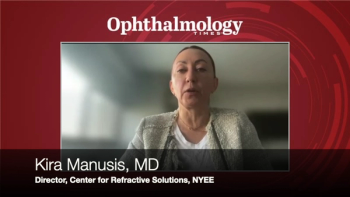
From laser vision correction to adjustable lens implants, the Center for Refractive Solutions at New York Eye and Ear Infirmary of Mount Sinai offers advanced options for every stage of life.
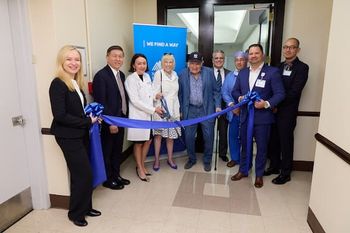
The center aims to optimize patients' vision with a range of cataract and corneal refractive procedures and minimize reliance on glasses and contacts.

Deep learning discerns IIH, NAION, and normal eyes using single fundus image.

From revised patient flow to smarter tech adoption, ophthalmologists share which changes from 2020 have become cornerstones of modern care—and how they’re preparing for the next big disruption

Ophthalmologists reflect on the transformative impact of COVID-19, highlighting adaptations in patient care, safety protocols, and the rise of telemedicine.

The long-term analysis show clinically and statistically significant reductions in intraocular pressure through up to 36 months postoperatively.

Electrical stimulation therapy is being explored as a potential treatment to enhance neuroplasticity and improve visual function in optic neuropathy patients. Clinical trials show promising results in visual field improvements, though further research is needed on long-term efficacy and quality of life.
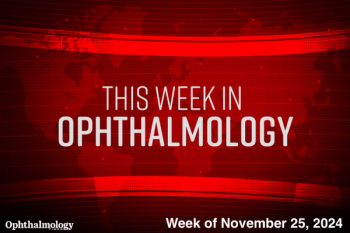
Welcome to the latest edition of This Week in Ophthalmology, a video series highlighting some of the top articles featured on the Ophthalmology Times website.
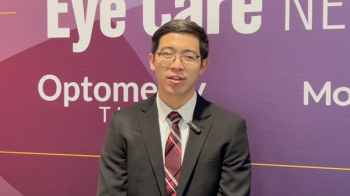
In a paper presented at the American Academy of Ophthalmology annual meeting in Chicago, Jonathan Tan, a third year medical student at the Icahn School of Medicine at Mount Sinai detailed the study on ophthalmic eye drop waste in clinics, revealing 72% medication loss due to outdated 28-day expiration guidelines, resulting in significant financial waste. The study advocates following FDA expiration dates.
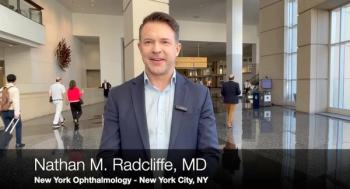
Nathan Radcliffe, MD, shared insights from his presentation at the annual meeting of the American Academy of Ophthalmology entitled, "Early cataract extraction for angle closure glaucoma."

According to data presented this week at the 128th annual meeting of the American Academy of Ophthalmology, being held in Chicago, about three-quarters of medication volume remains in multiuse eye drop bottles tossed in the garbage well before FDA-regulated expiration dates.

The subretinal drusenoid deposits may serve as a biomarker of serious heart disease.

The authors assessed whether a new diagnosis of dry eye increases the risk of developing depression, anxiety, fibromyalgia, and chronic fatigue compared to those without dry eye.

The Center, which was launched in 2023, will now be named The Barry Family Center for Ophthalmic Artificial Intelligence and Human Health.
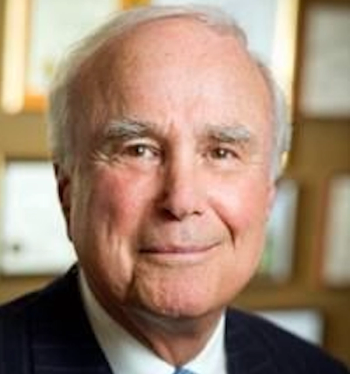
Sherman practiced in New York for more than 50 years and was the founder of Manhattan Ophthalmology Associates.
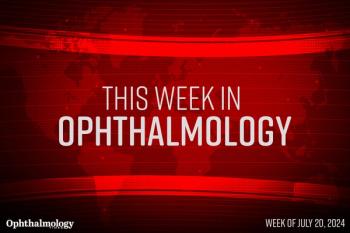
This Week in Ophthalmology is a video series highlighting some of the top articles featured on the Ophthalmology Times website.
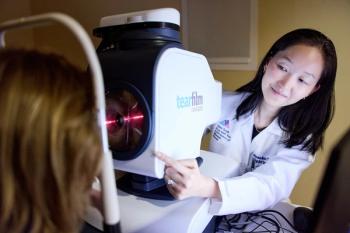
TFI employs spectral interference technology to image and map the corneal surface.

The professor was recently given the award for his contributions to advancing vitreoretinal surgery, treatment, research, and patient care.
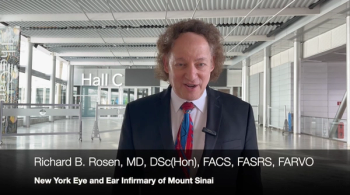
Richard B. Rosen, MD, from the New York Eye and Ear Infirmary of Mount Sinai discussed his presentation on sickle cell retinopathy and the measurement with dynamic OCT angiography and quad-fusion adaptive optics imaging at the annual ASRS meeting in Stockholm, Sweden.

The COVID-19 pandemic changed medicine forever, and now scientists are forging a new path for healthcare in the future, including in ophthalmology.

The company’s KDB GLIDE is indicated for the excision of trabecular meshwork tissue to reduce intraocular pressure in adult patients with primary open-angle glaucoma during cataract surgery or as a stand-alone procedure.

Recent sessions cast spotlight on emerging technologies and therapies.
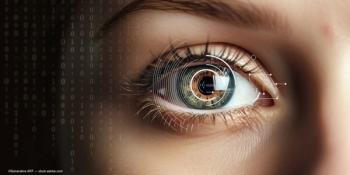
The technology uses a superelastic, memory-shaped nitinol guide that facilitates up to 360-degree guided circumferential removal of the trabecular meshwork.
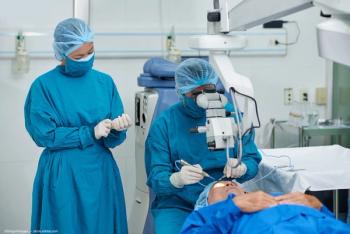
A recent study showed that adjunctive fragmentation pre-treatment of the crystalline lens using the miLoop showed improved lensectomy time and fluidic efficiency

Cyclosporine superior to vehicle, improves corneal staining in dry eye disease

The Icahn School of Medicine at Mount Sinai opened the Center for Ophthalmic Artificial Intelligence and Human Health, which is dedicated to advancing artificial intelligence to offer faster diagnosis and treatment.

The study results could help lead to improved understanding of glaucoma and new therapies.

The event is a forum for the exchange of ideas between leading scientists in diverse fields to bring their knowledge to the challenges of glaucoma and help set the course for future glaucoma research.

The iPredict AI Eye Screening System will provide a fully automated age-related macular degeneration (AMD) screening report in less than 60 seconds.